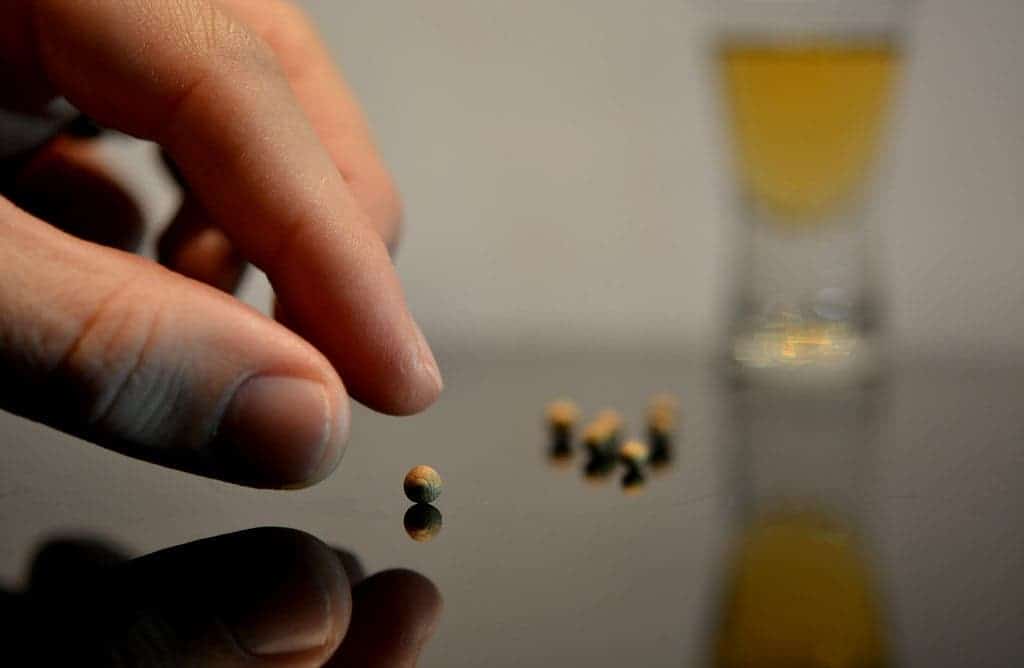A new study offers insight into why a simple sugar pill can work to significantly reduce pain for some patients while having no effect on others.
A team from the Northwestern Medicine and the Rehabilitation Institute of Chicago (RIC) used fMRI to identify the brain area responsible for the placebo effect in pain relief. This region, known as the mid-frontal gyrus (MFG), is located at the front of the brain and also plays a key role in our decision making and emotional state. The data was recorded in two clinical trials involving 95 patients with chronic pain from osteoarthritis. The team found that participants who had better connectivity between the MFG and other brain areas were more likely to respond to the placebo effect.
The findings could be used to better tailor pain medication to each patient’s brain structure, offering a safer and more efficient alternative to the current trial-and-error approach. In Germany, half of all doctors prescribe placebos for non-chronic illnesses — they might be on to something.
“Given the enormous societal toll of chronic pain, being able to predict placebo responders in a chronic pain population could both help the design of personalized medicine and enhance the success of clinical trials,” said Marwan Baliki, PhD, a research scientist at RIC and assistant professor of physical medicine and rehabilitation at Northwestern University Feinberg School of Medicine.
Also, these differences in brain structure could be the reason why some drugs — such as pregabalin, commercially known as Lyrica — provide pain relief in some patients, but not others. By understanding how each patient responds to pain medication, those predisposed to the placebo effect can be eliminated from clinical trials, making future research far more reliable.
“This can help us better conduct clinical studies by screening out patients that respond to placebo and we can just include patients that do not respond. And we can measure the efficacy of a certain drug in a much more effective manner,” he added.
“If we do the same with Lyrica, maybe we can find another area of the brain that can predict the response to that drug.”
Professor of physiology at Feinberg and study co-author Vania Apkarian said that the findings will allow physicians to see what brain regions become active while a patient feels pain, then decide on a drug that specifically targets that area.
“It also will provide more evidence-based measurements. Physicians will be able to measure how the patient’s pain region is affected by the drug,” she added.
The full paper “Brain Connectivity Predicts Placebo Response across Chronic Pain Clinical Trials” has been published in the journal PLOS Biology.










